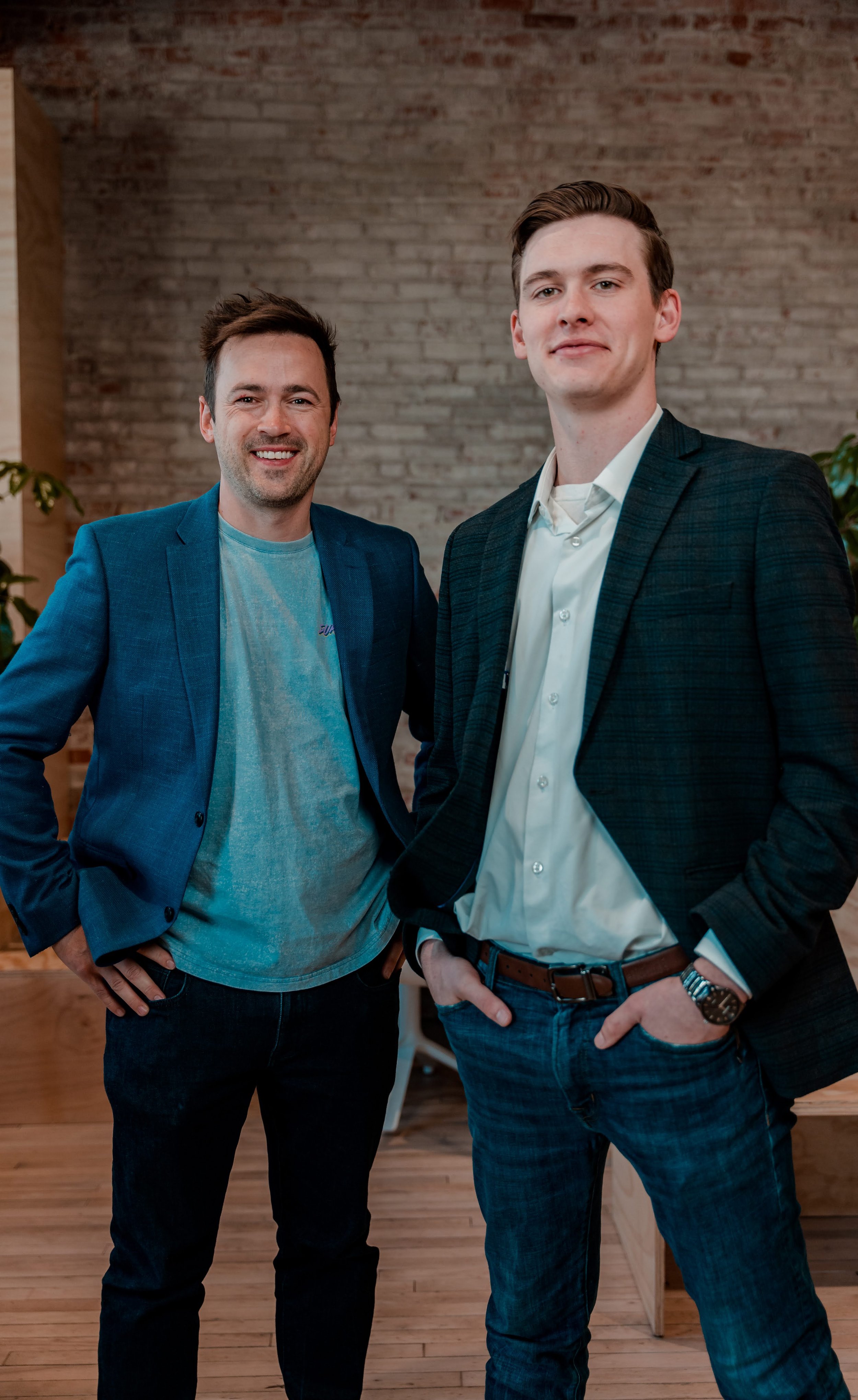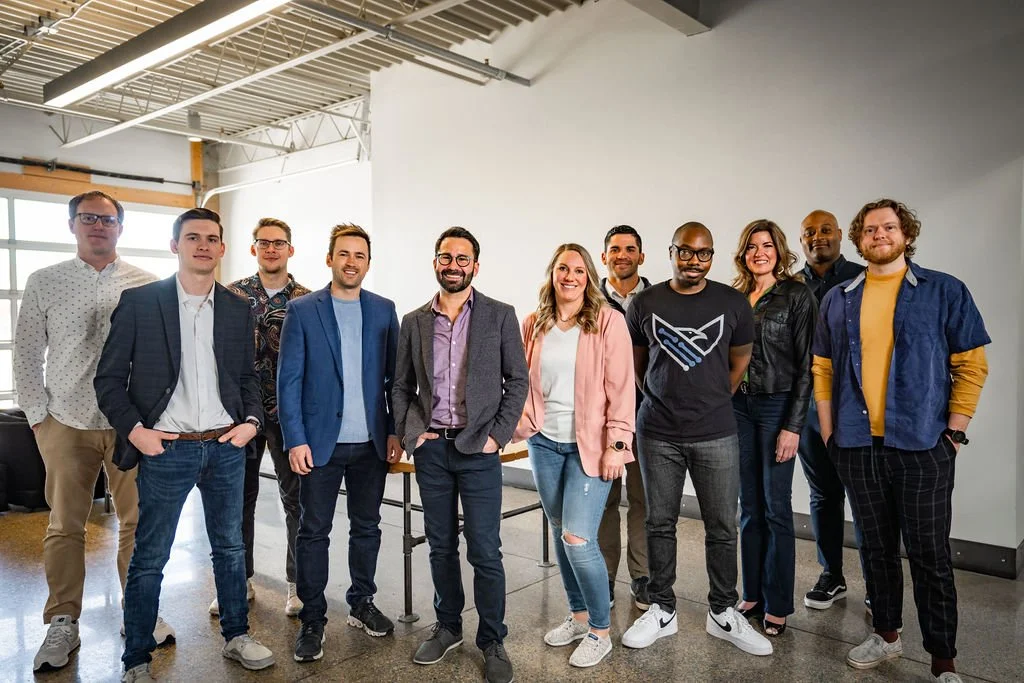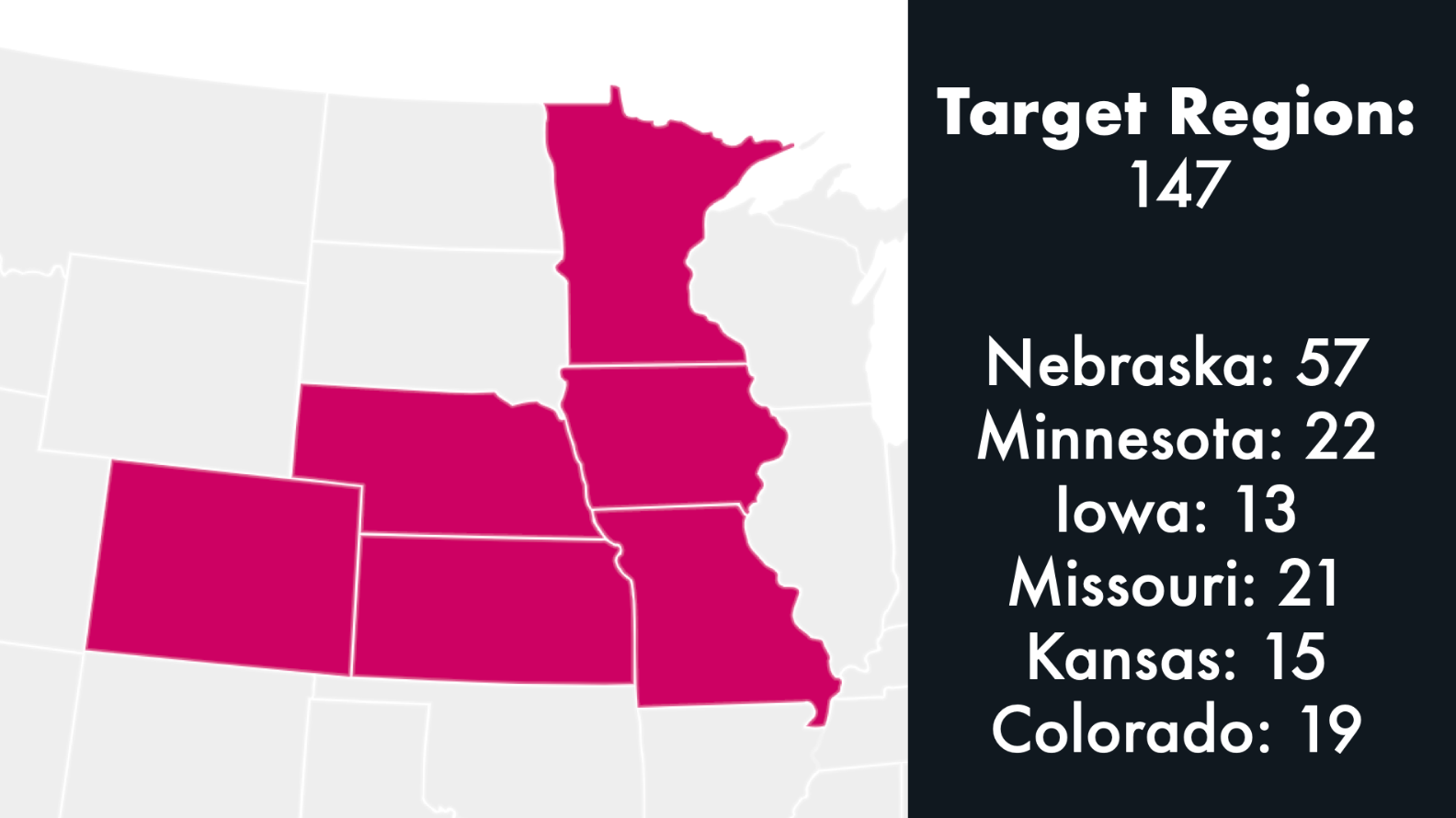Your journey of a thousand steps begins with your first.
For the NMotion Growth Accelerator, your first step is a three-day in-person kickoff filled with frameworks and friendships.
Coming out of the COVID era, we had a chance to reimagine the cohort kickoff experience. What had been a two-day event became a three-day event thanks to inspiration from our gener8tor colleague Precious Drew, who leads the Northwestern Mutual Black Founder Accelerator.
Focus of Kickoff: Frameworks and Friendships
Because of our virtual and hybrid cohorts during COVID, we recorded a number of workshops that we had historically conducted in-person. These videos allow us to use a flipped classroom model for kickoff that is rich in discussions.
Our team architected a schedule that balanced each day with delivering frameworks, processing & absorbing the video content, getting to know each other as humans, enjoying shared experiences, and meeting various people in the Nebraska startup community.
This way, we could spend more time ensuring founders understood and integrated fundamental frameworks while creating the space and time for cohort members to develop friendships with each other.
Why do these peer relationships matter? It’s lonely being a founder and arguably 50% of the value accelerators offers comes from founders talking with and learning from each other.


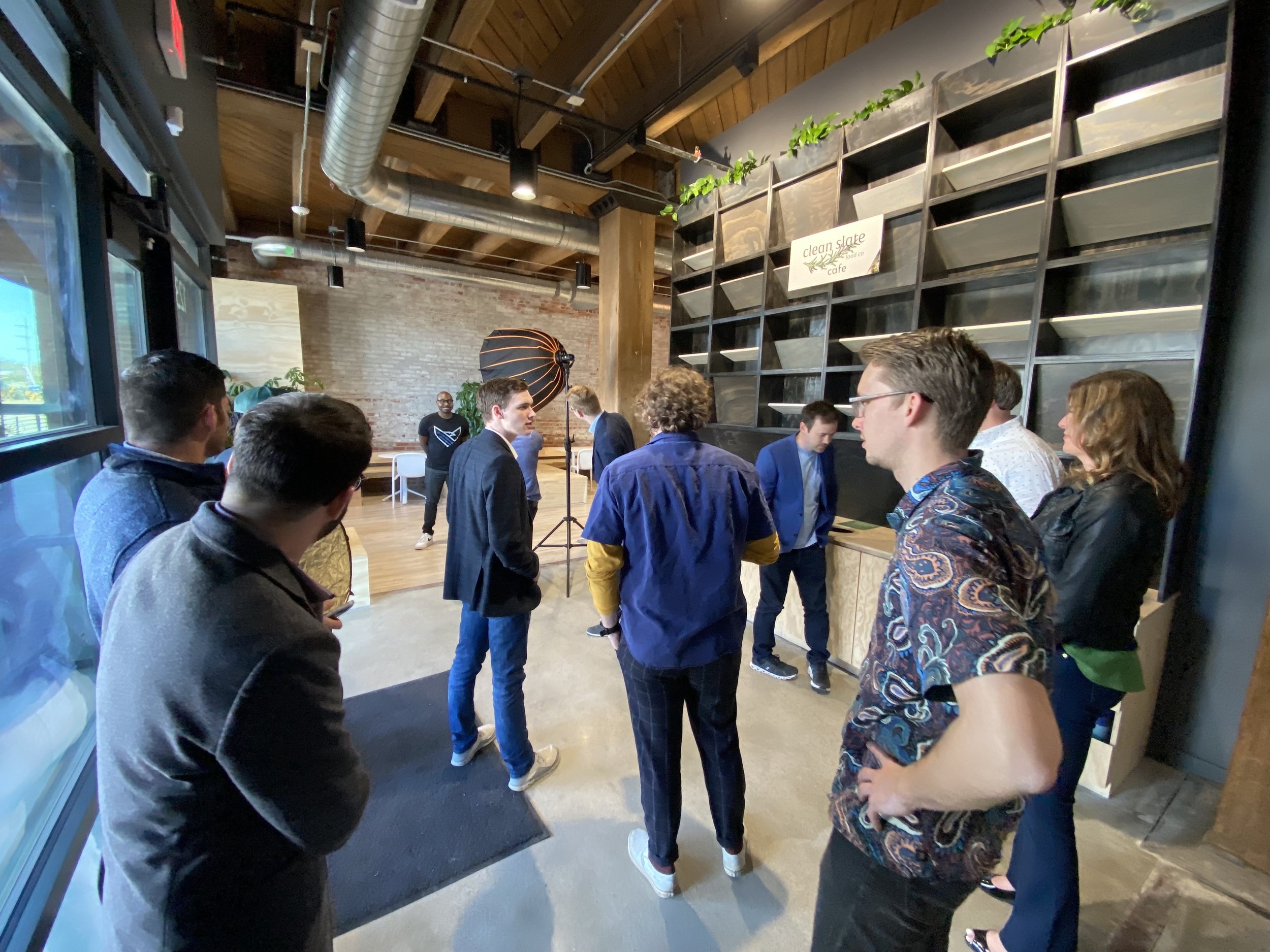
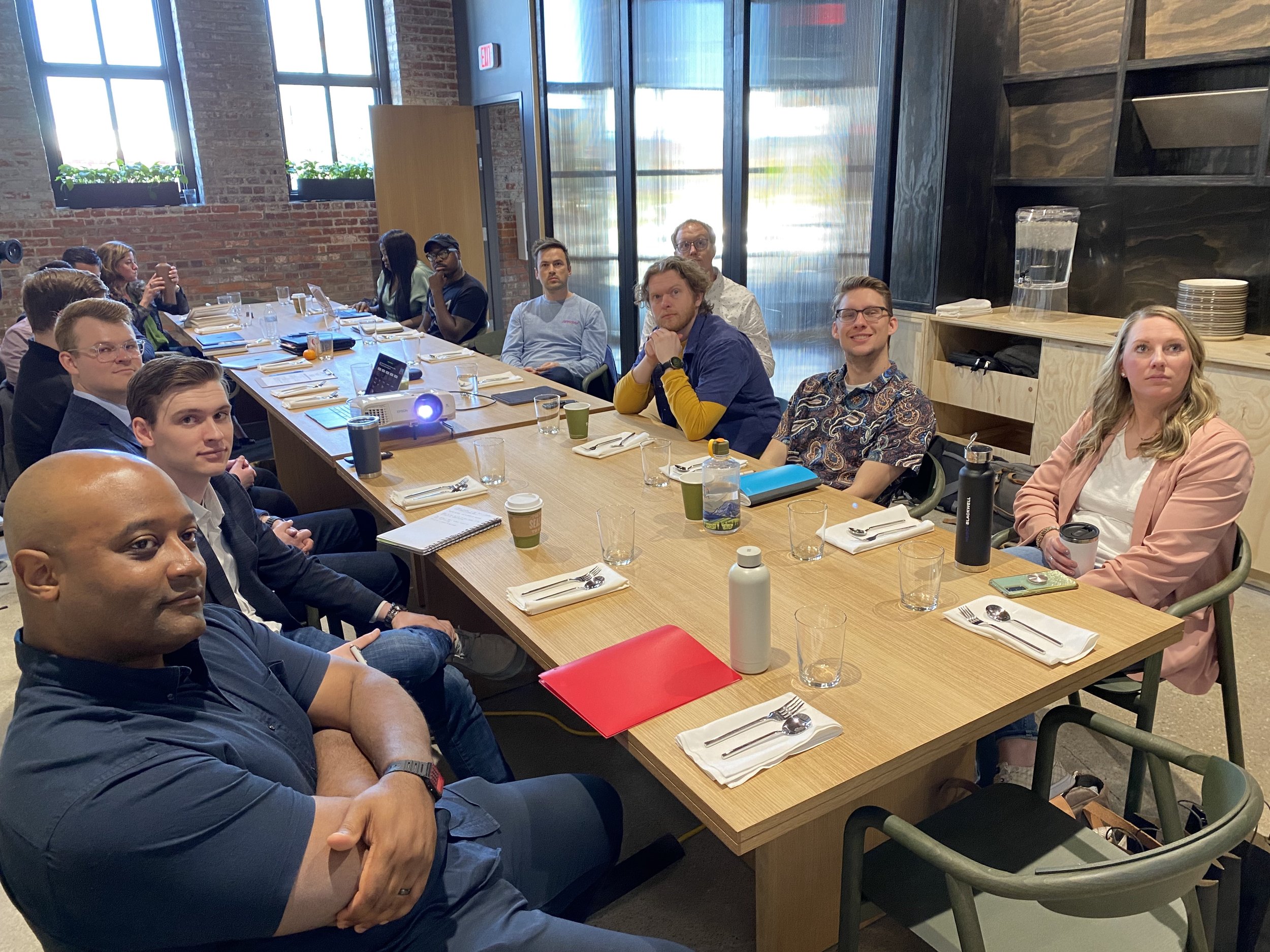
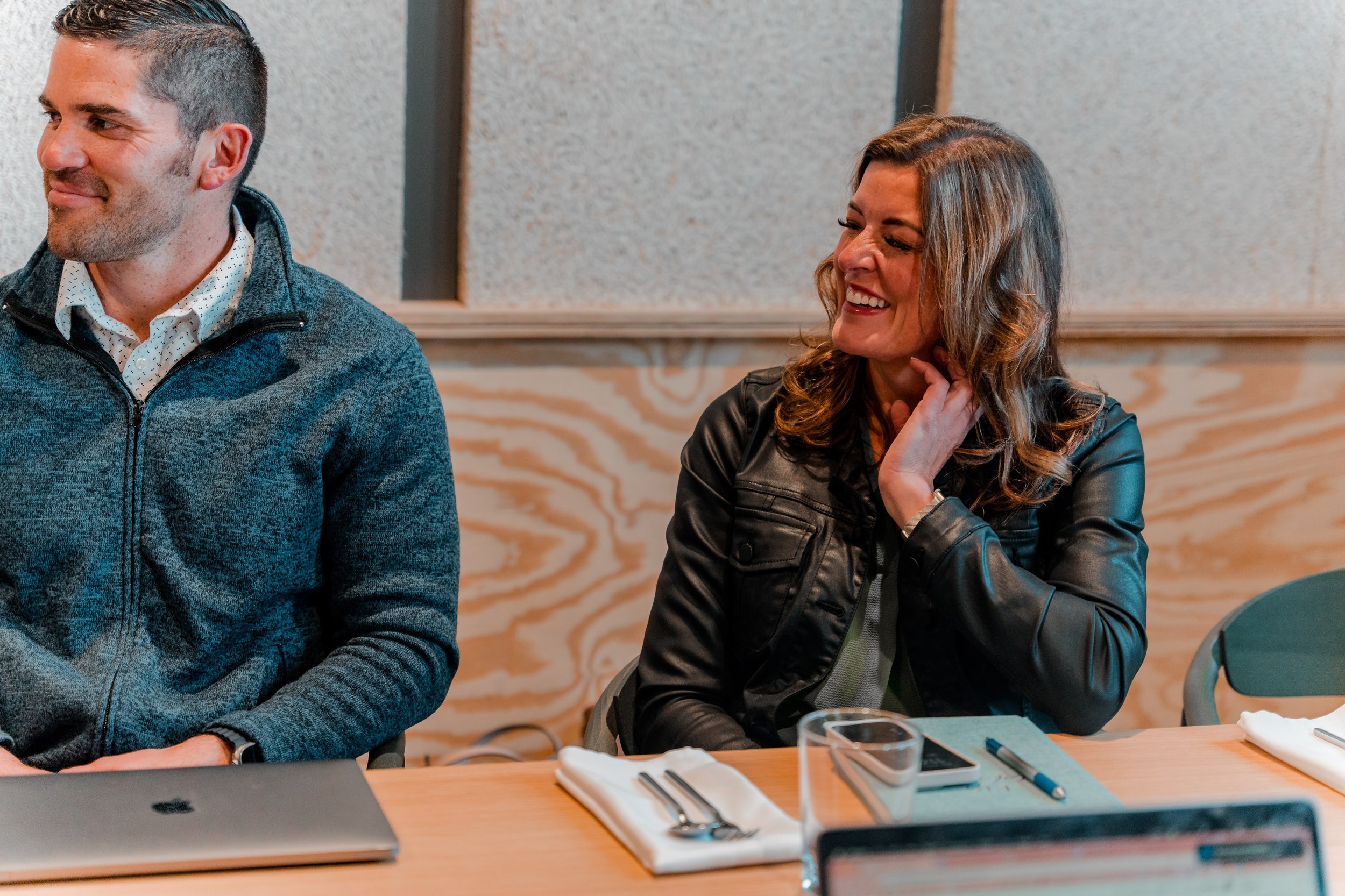
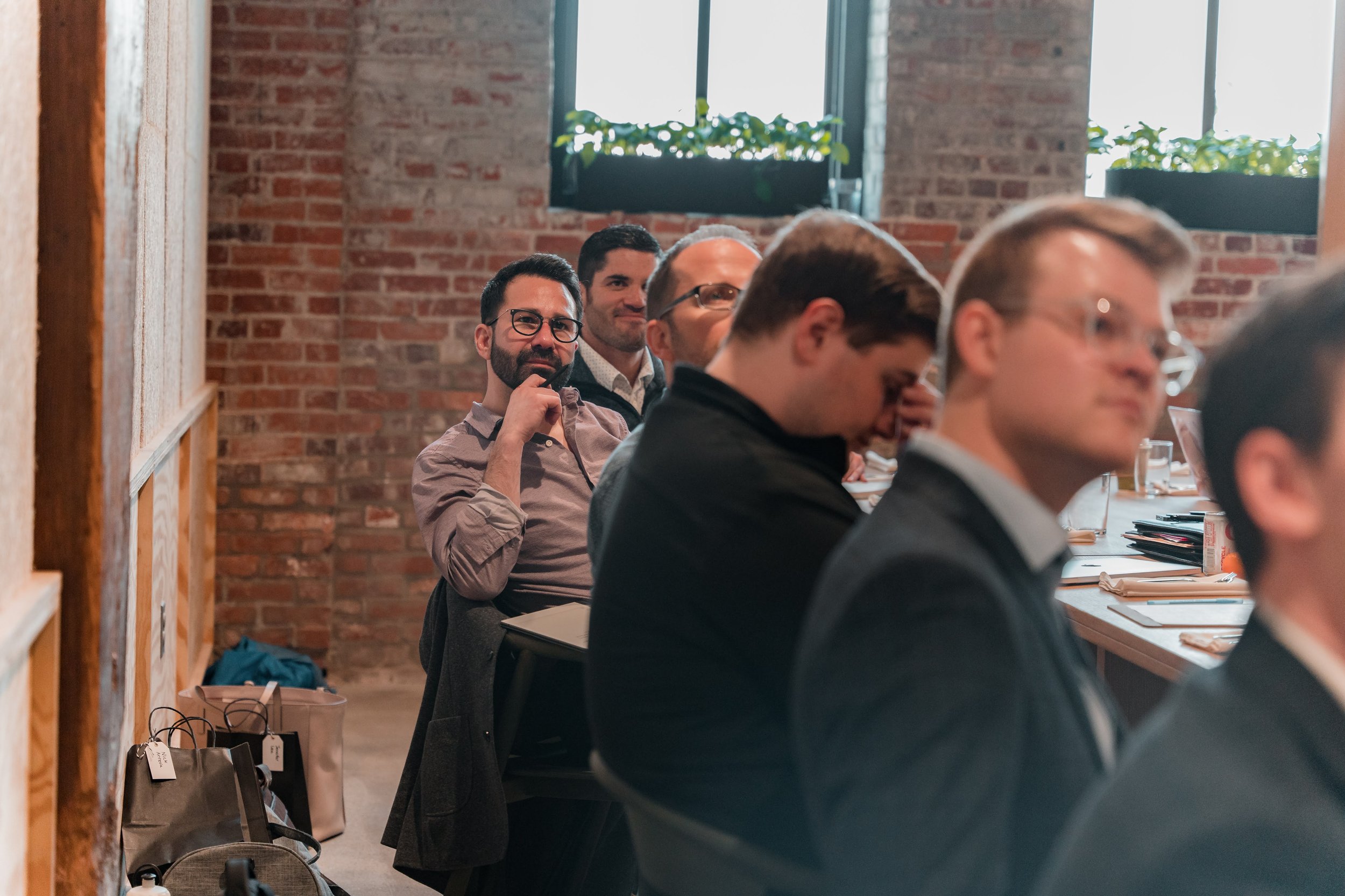


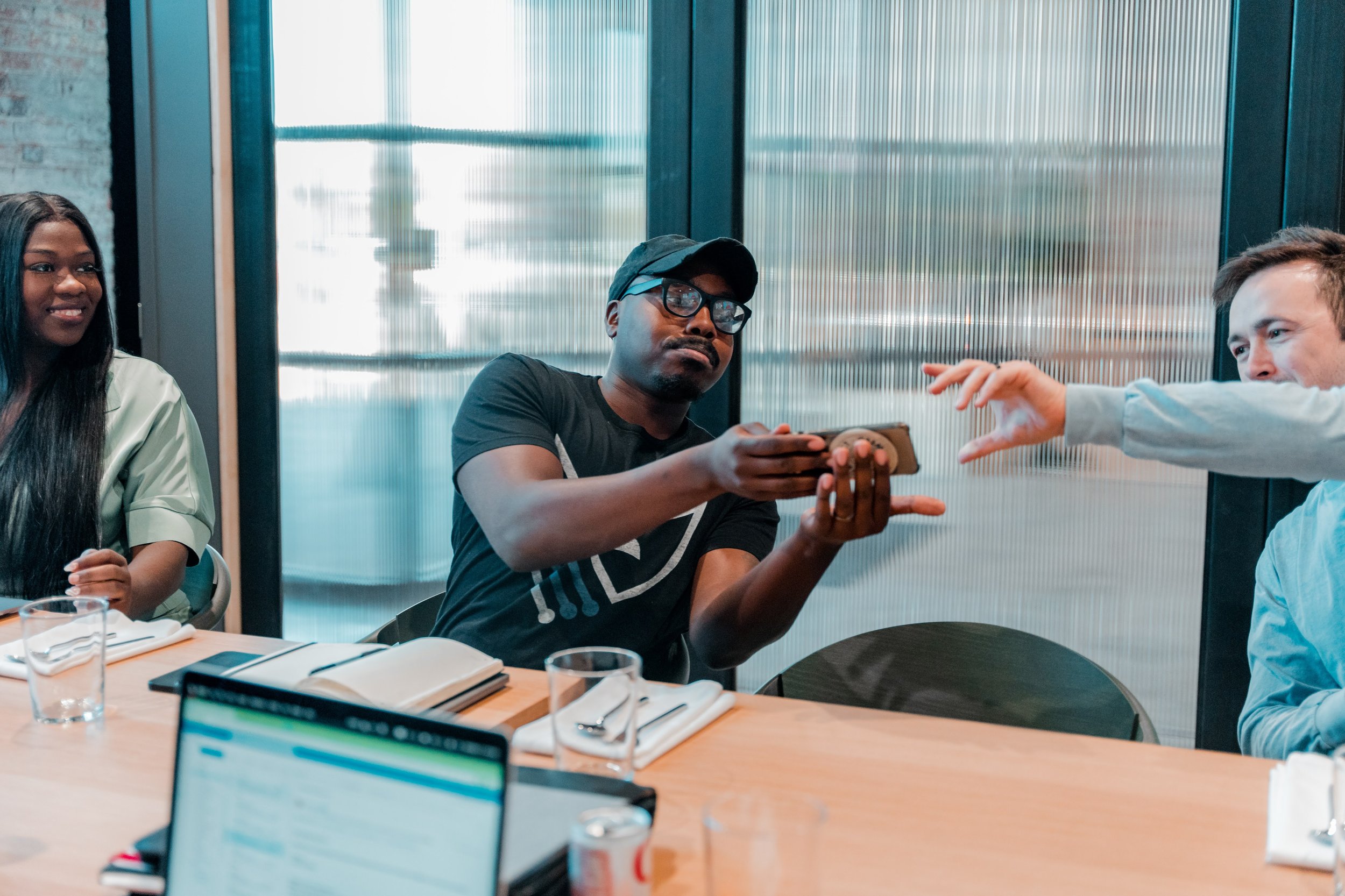
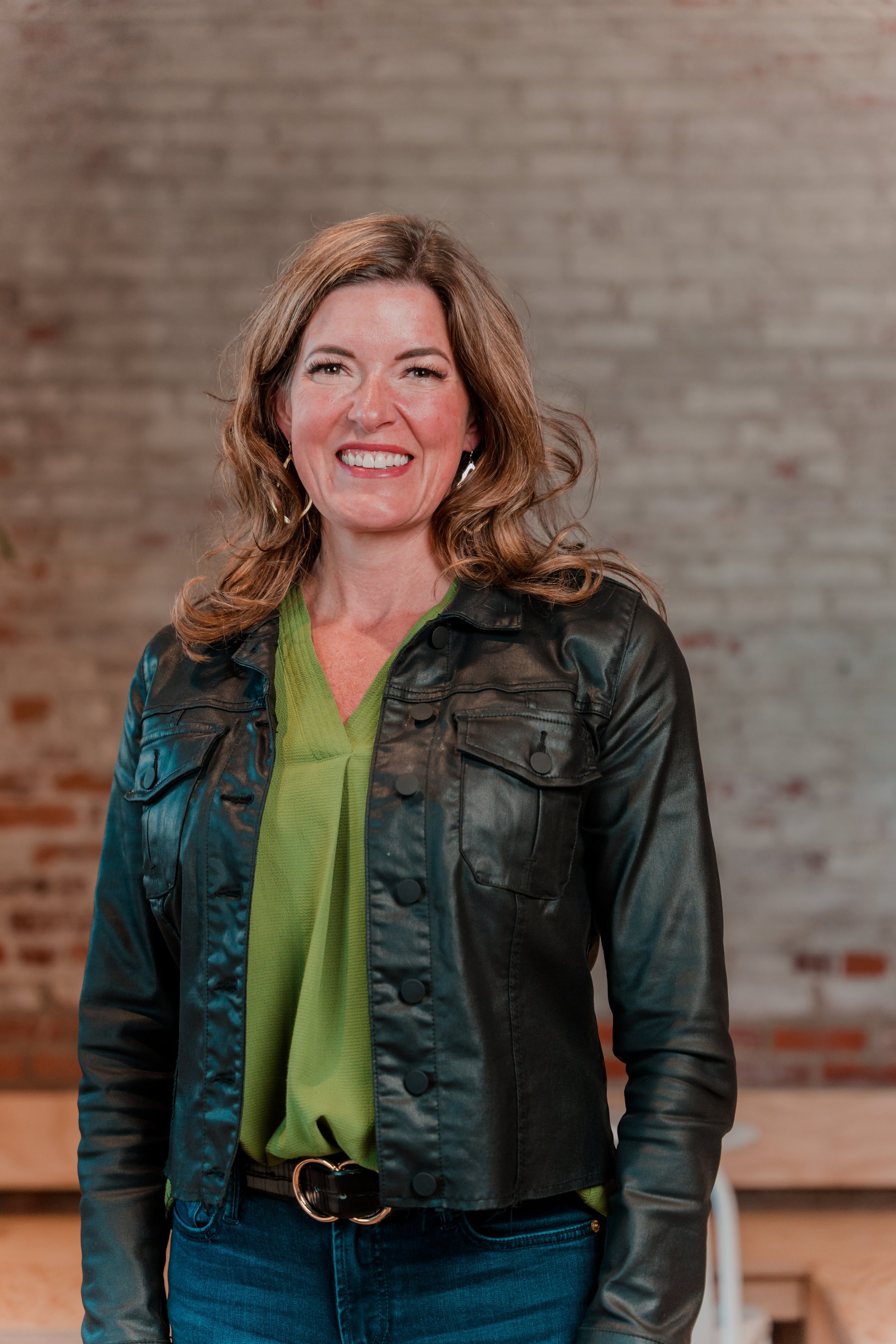

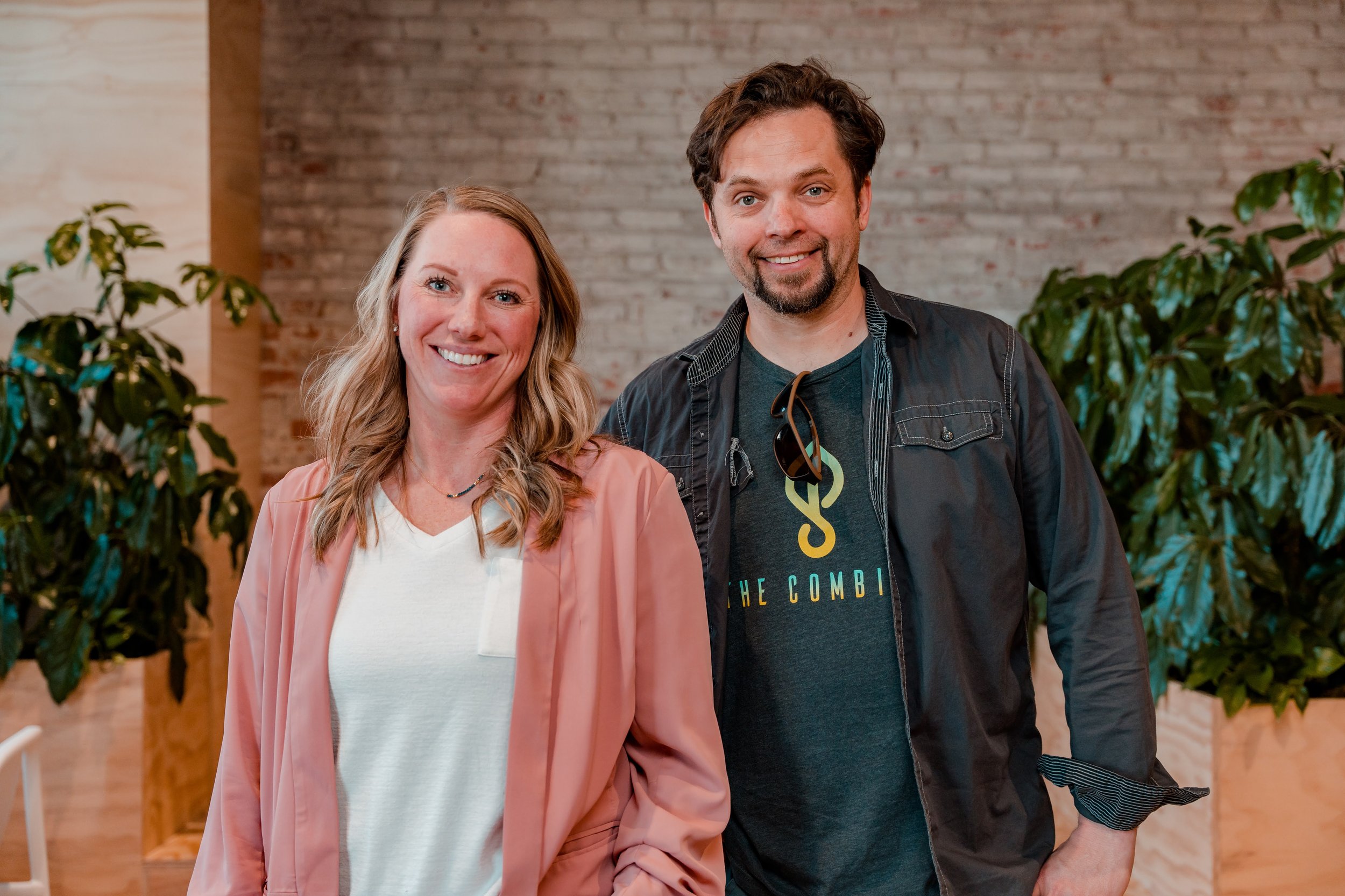
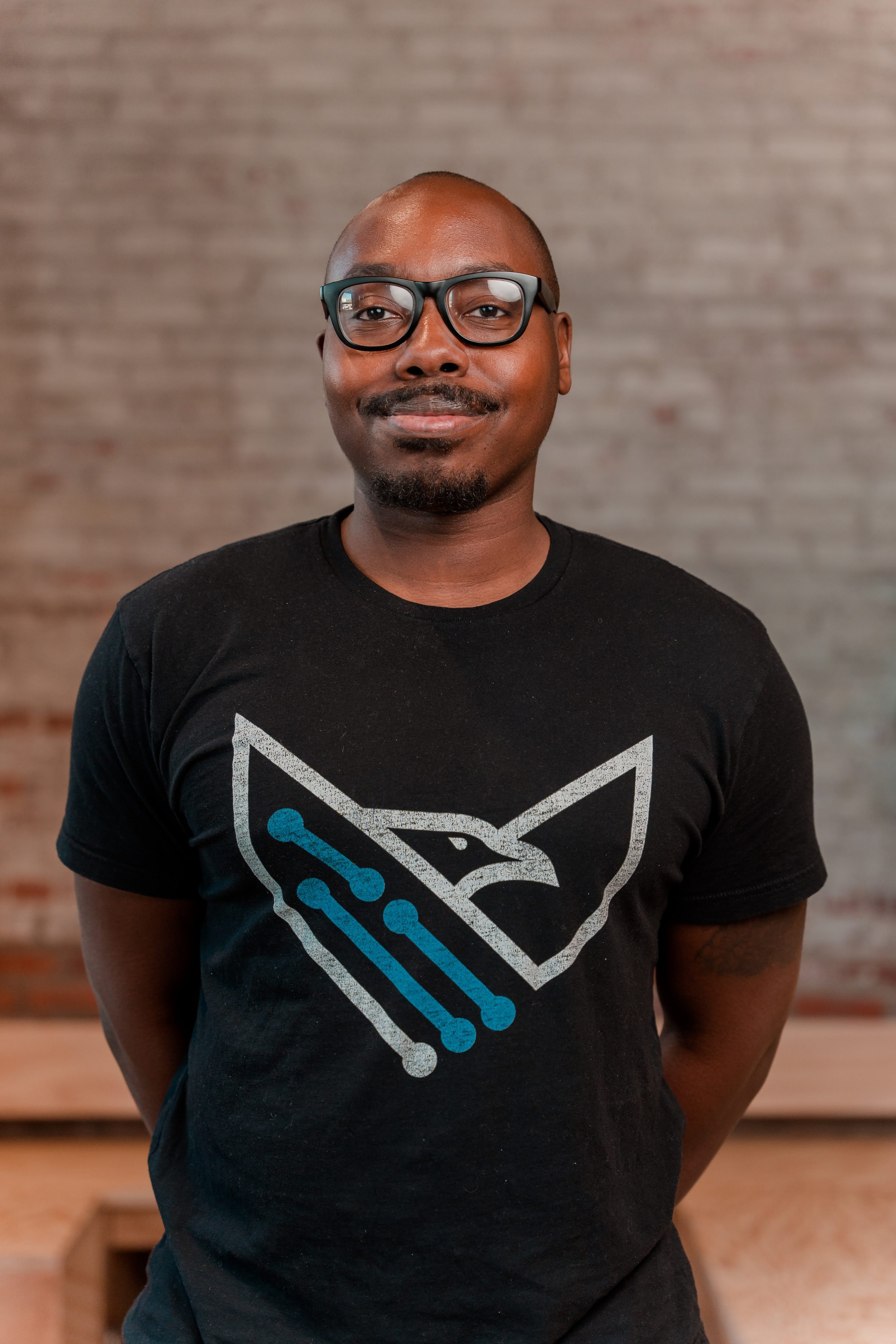

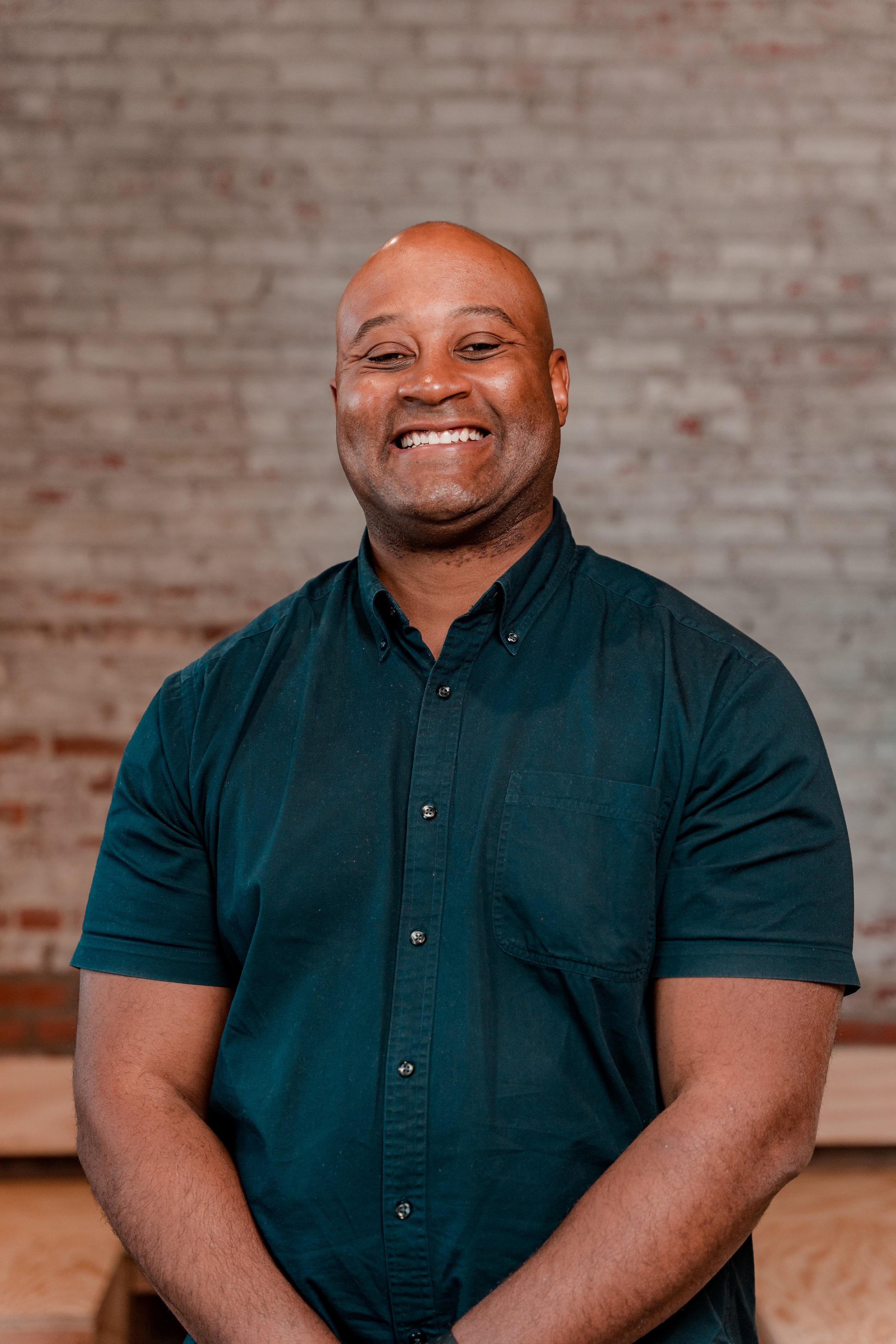

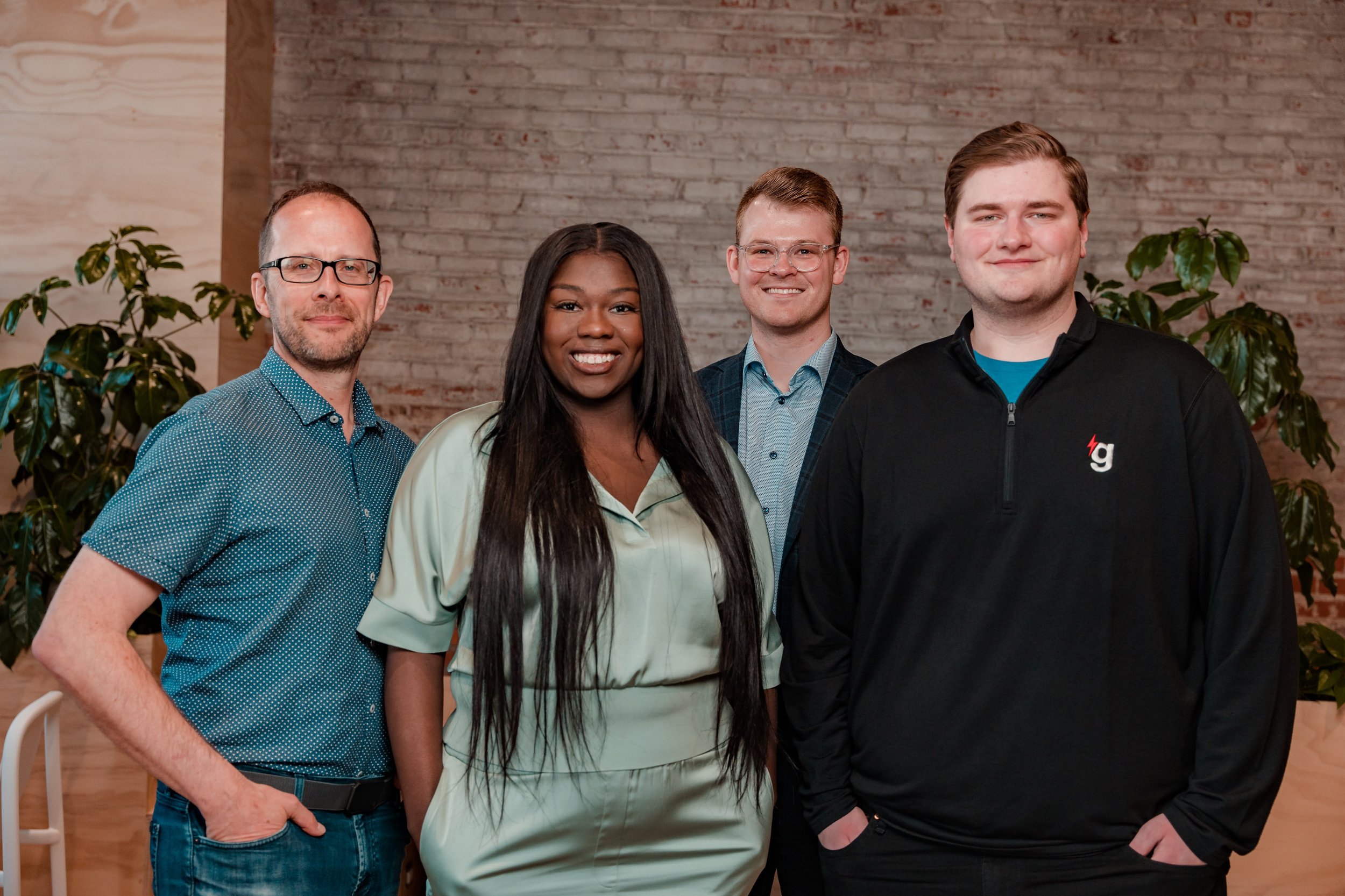

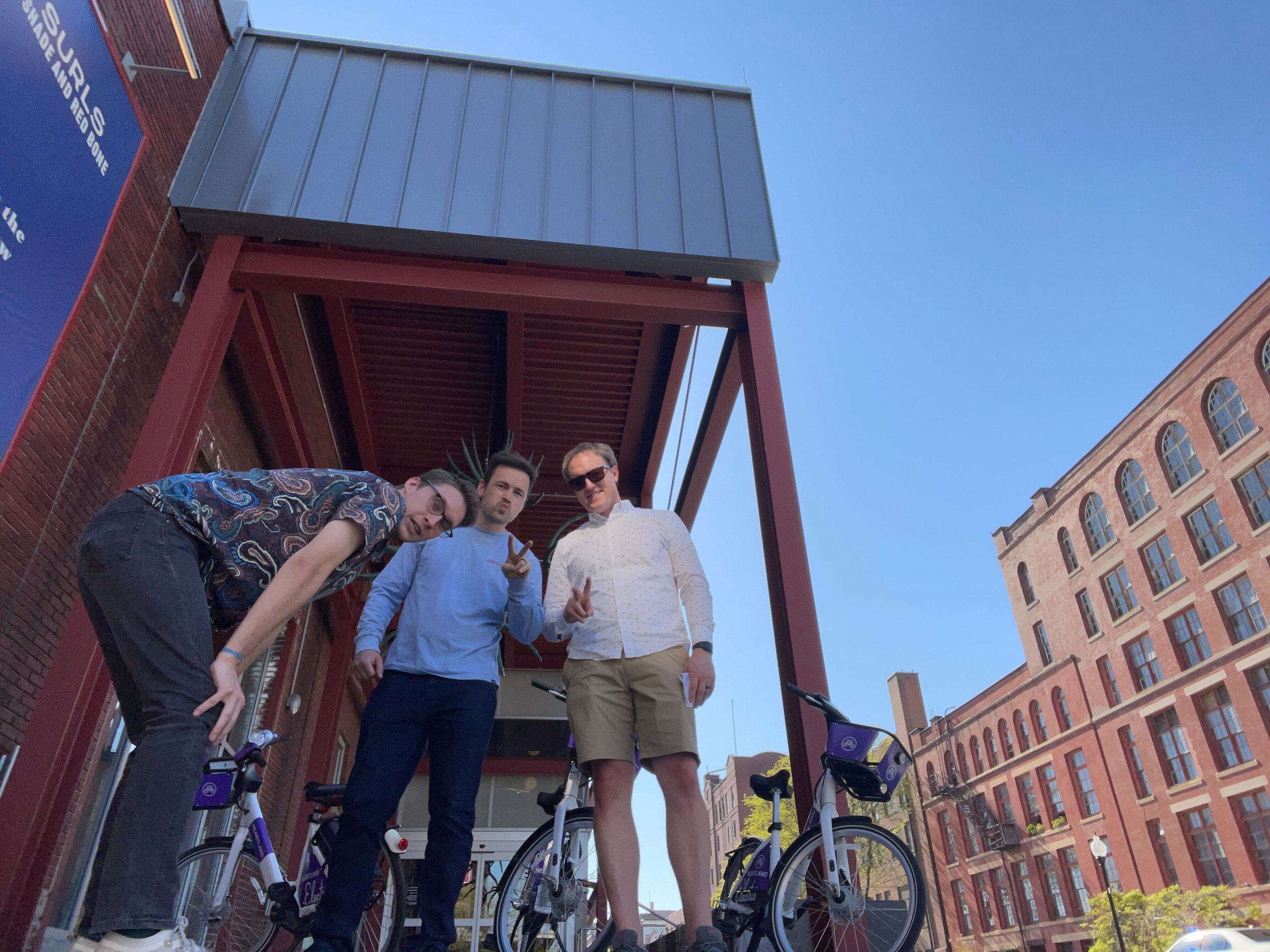
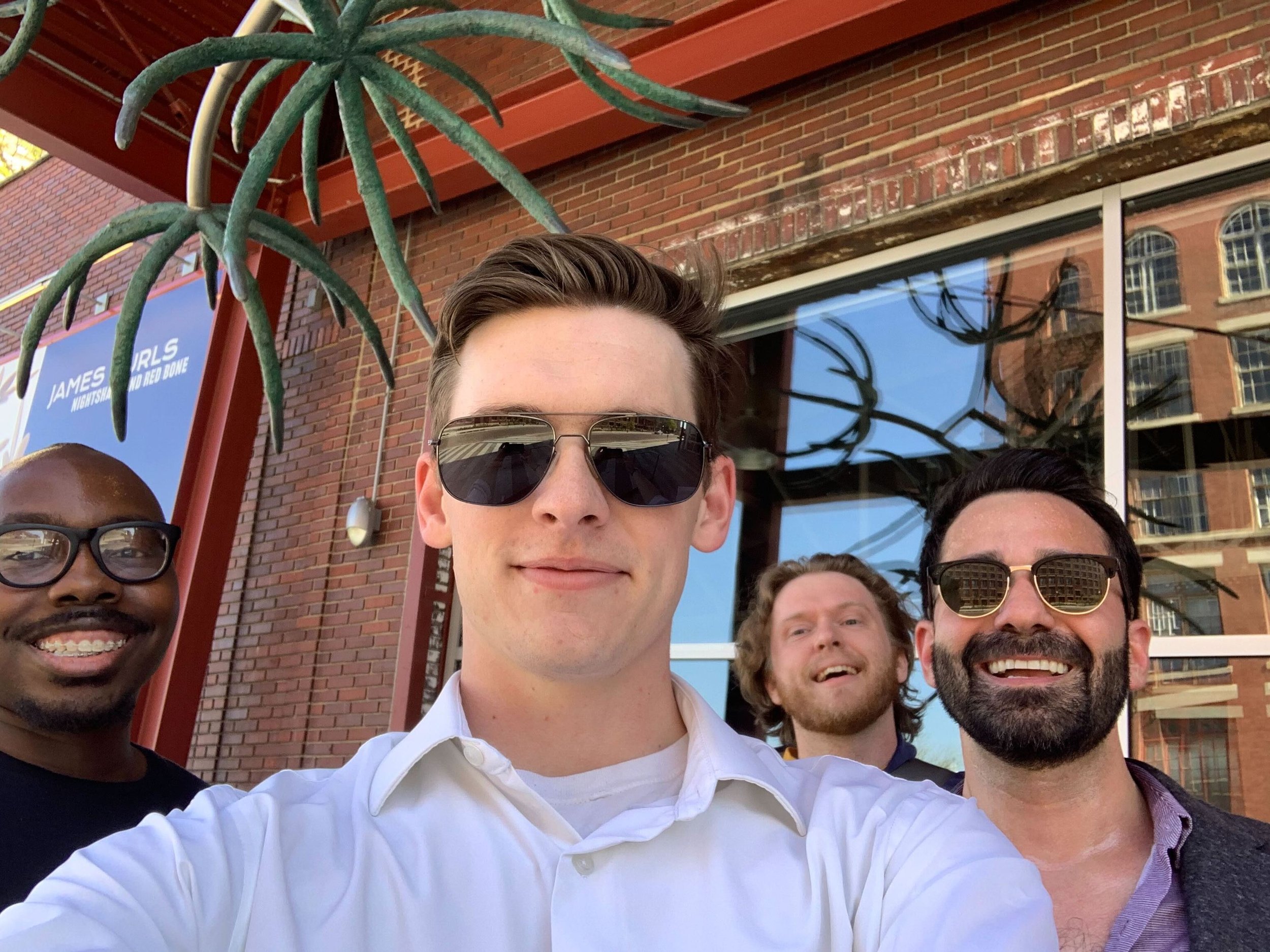


Day 1: Focus on Revenue
We gathered at 8:30am in Millwork Commons in Omaha’s north downtown for the cohort members to meet each other in person for the first time. After some coffee and bagels, each founder gave a brief elevator pitch to practice introducing their companies - the first of many, many times.
The NMotion team provided an overview of the 12-week program, weekly cadence, mentor swarms, team retreats, two-week sprint cycle, and investor swarms. Prior to lunch, genr8tor partner Maggie Brickerman zoomed in to share the history and overview of gener8tor.
To add to the group photos Silicon Prairie News commissioned, Mantinga (aka Manny) from N.O.U. Productions came by to capture some candid photos and head shots of the cohort. They look fly in the gallery below, don’t they?
Over lunch, we discussed Venture Capital 101 (revenue, revenue, revenue), category creation, and the role of the executive summary. For the afternoon, we outlined the importance of weekly goals and weekly updates especially in cultivating relationships with the 100+ mentors, stakeholders, and investors they will meet. Then, we explored the cohort’s Gallup Builder Profile 10 insights and how they can apply them to achieve their goals.
Taking advantage of a gorgeous spring day, the cohort relocated to the Old Market District for a friendly scavenger hunt with waypoints that told the history of commerce in Omaha. The finish line was at the restaurant where the cohort dined with NMotion alumni.
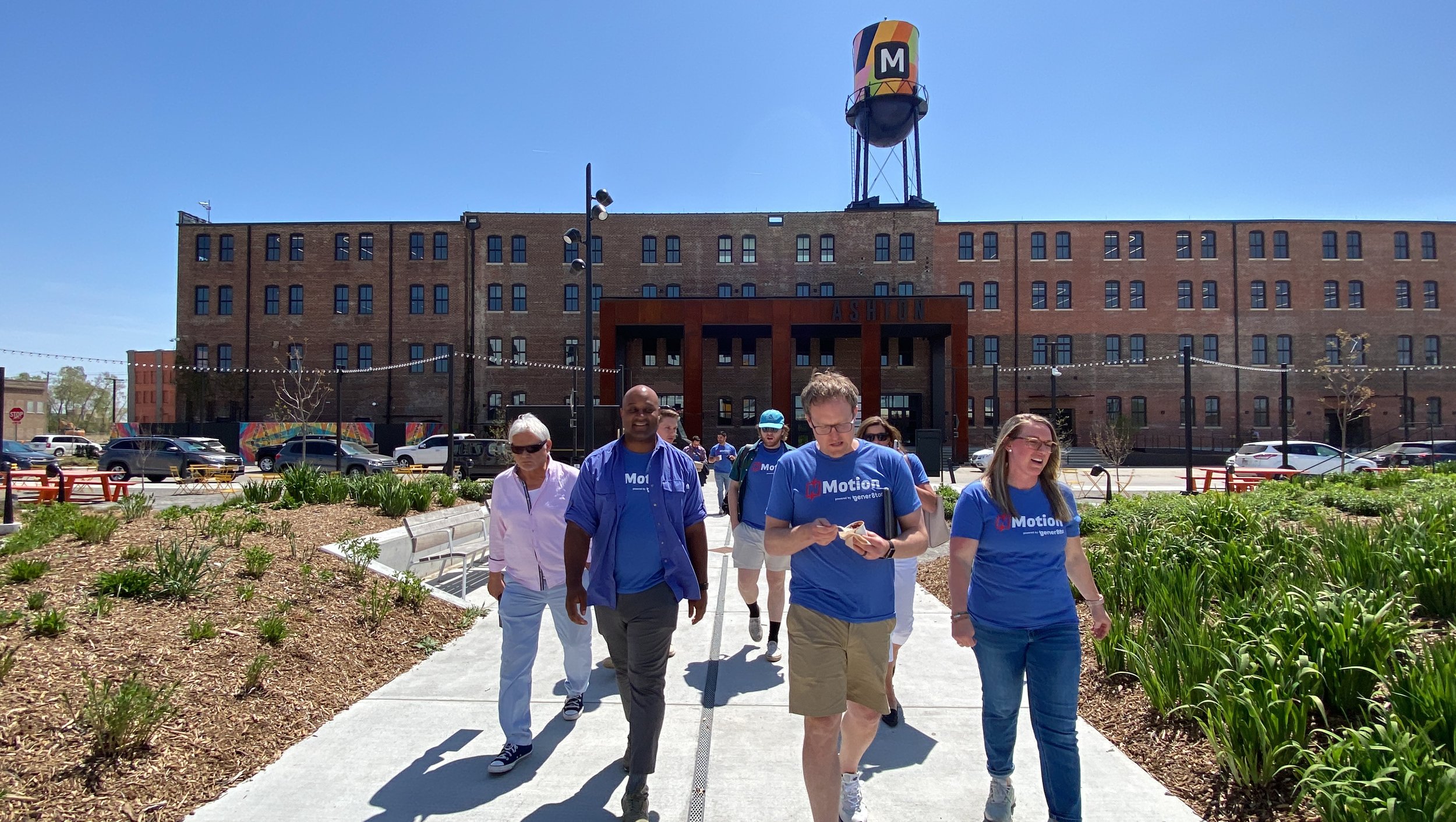

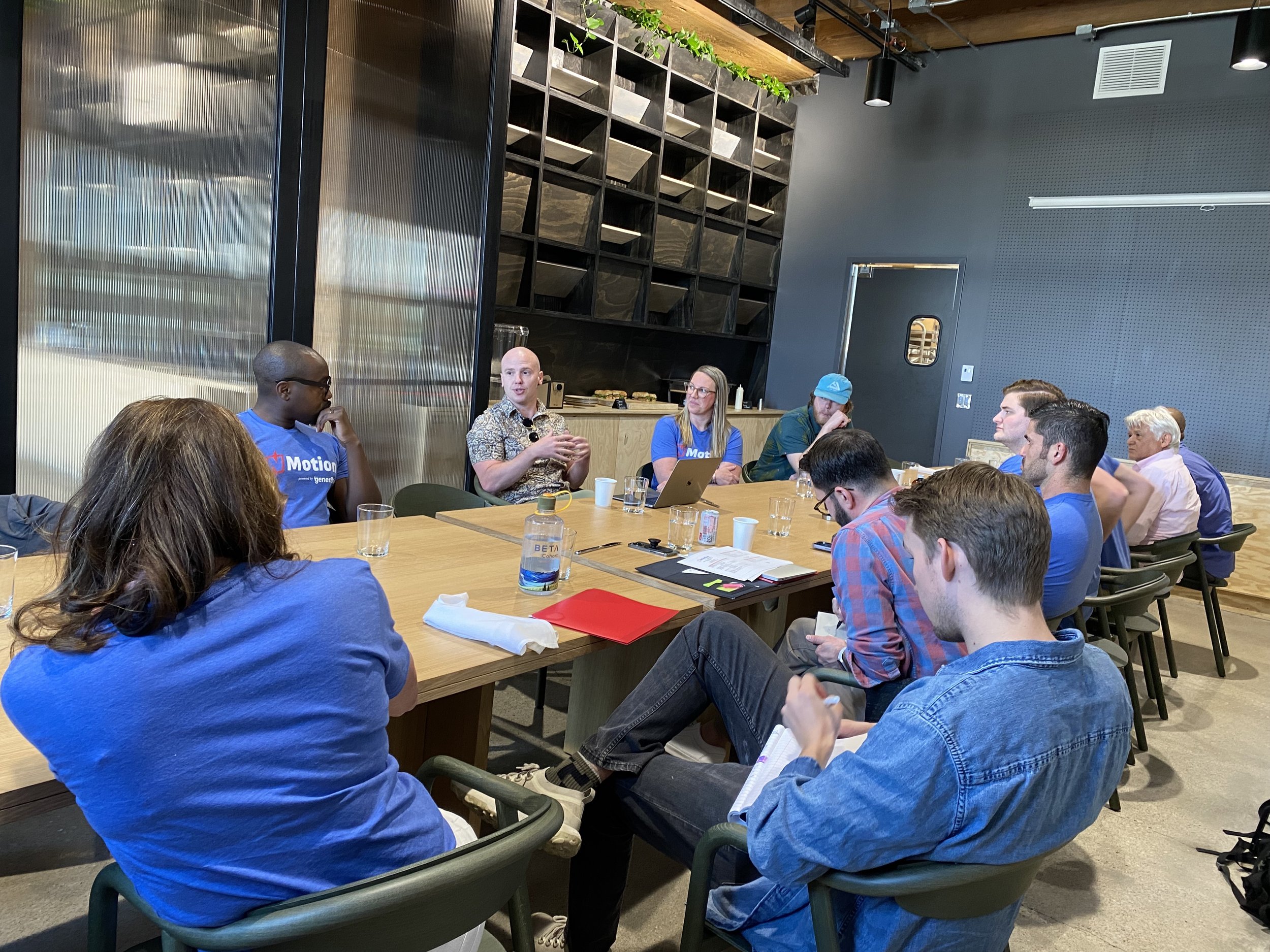
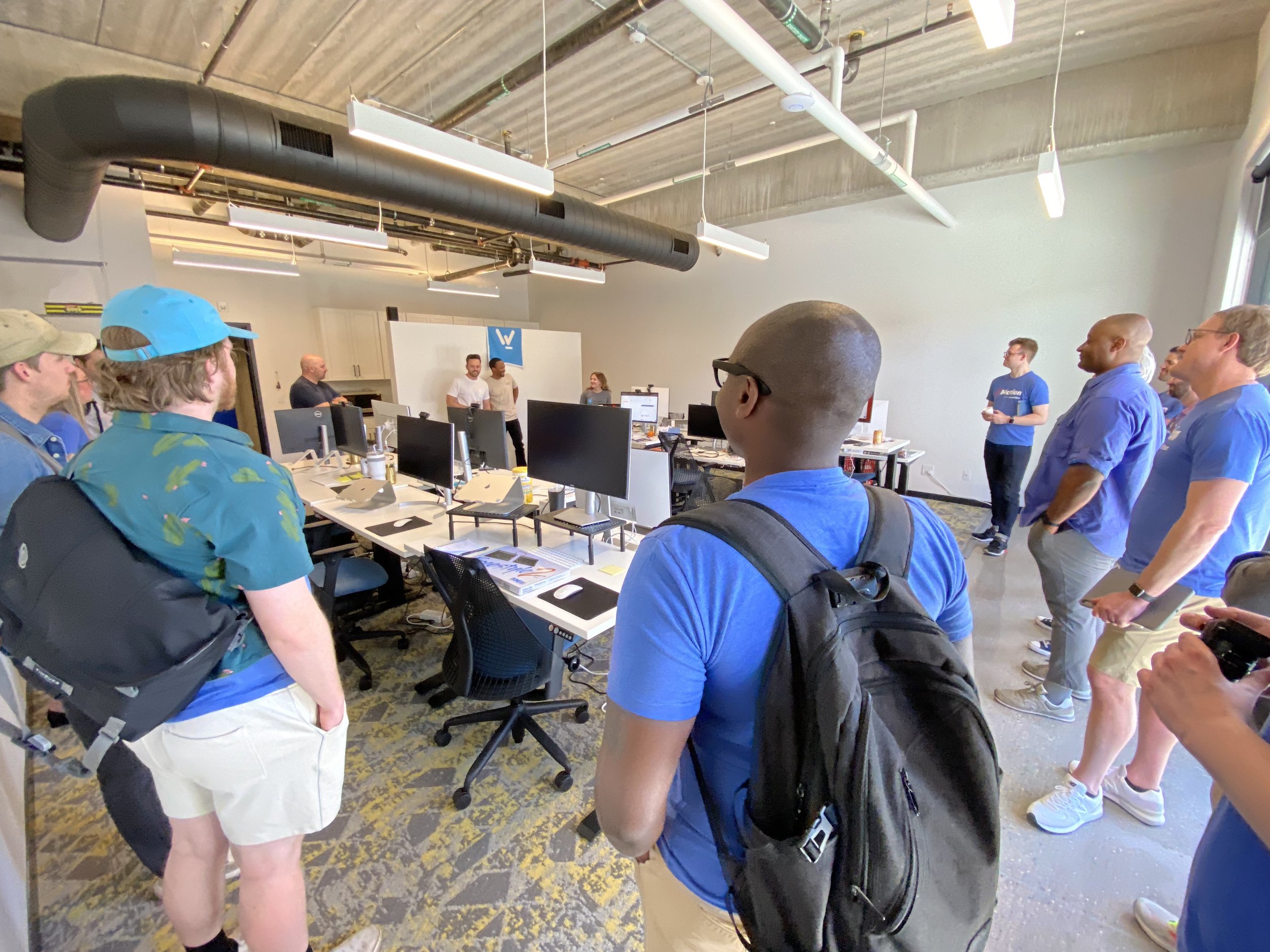


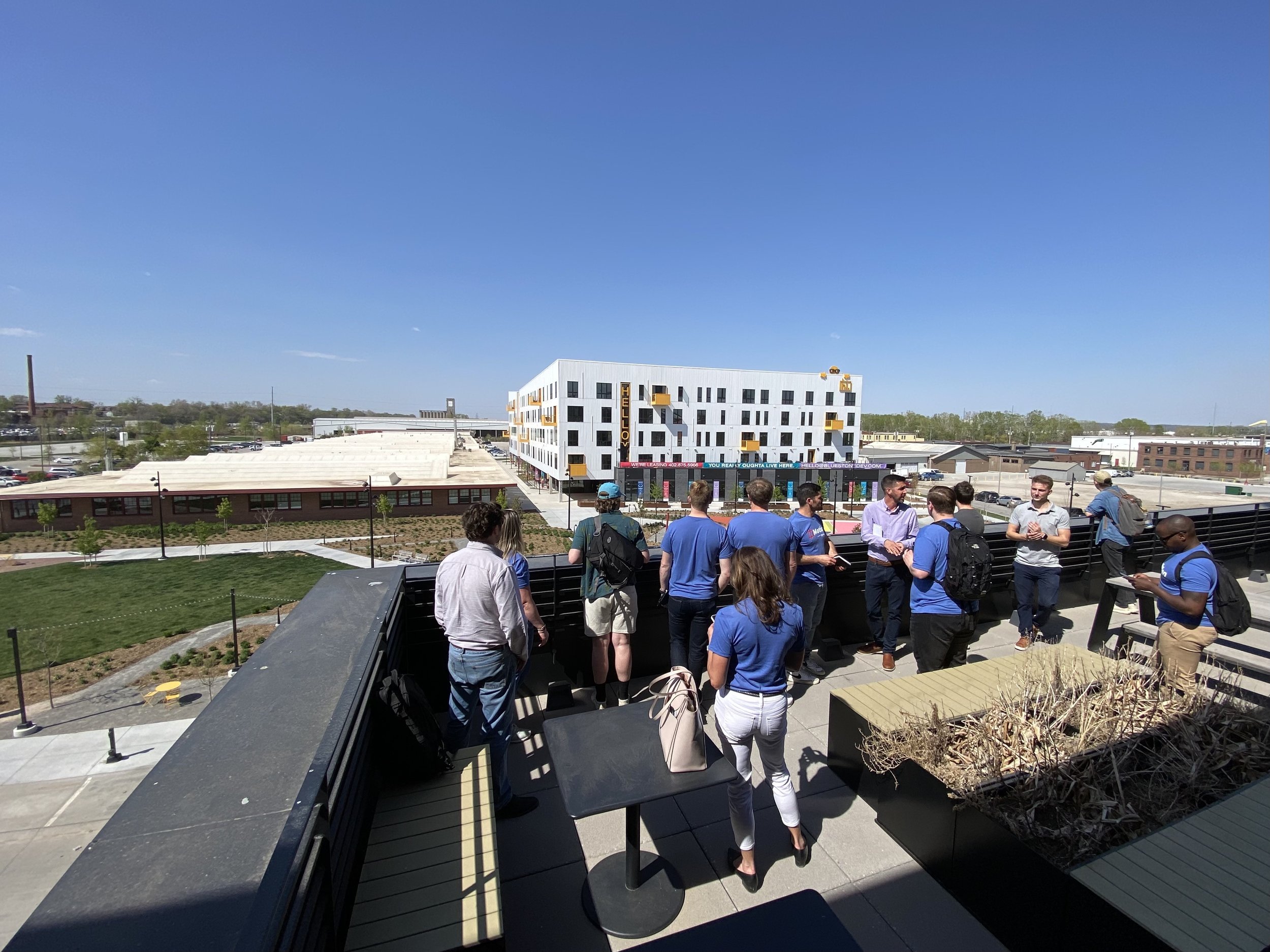

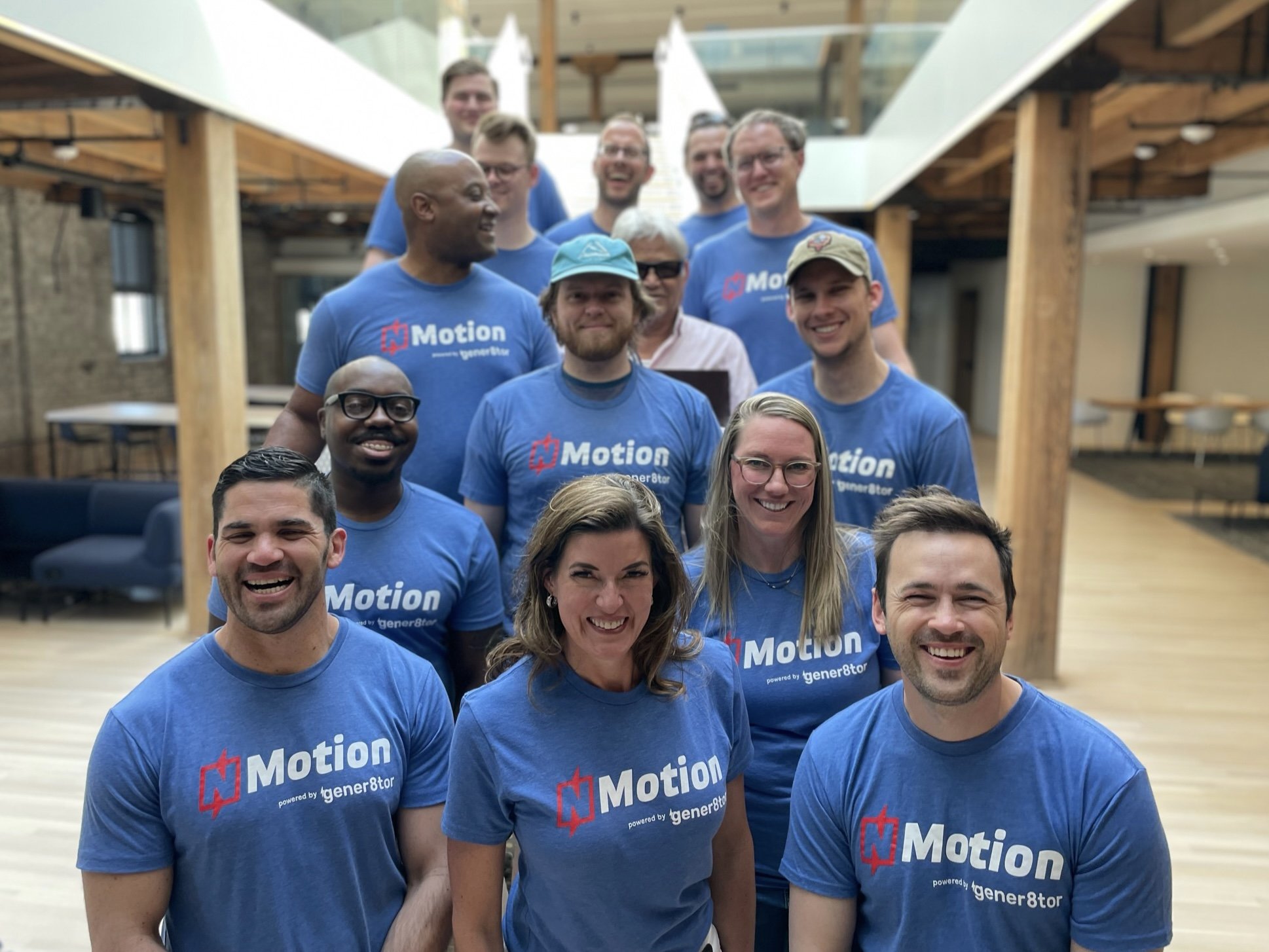
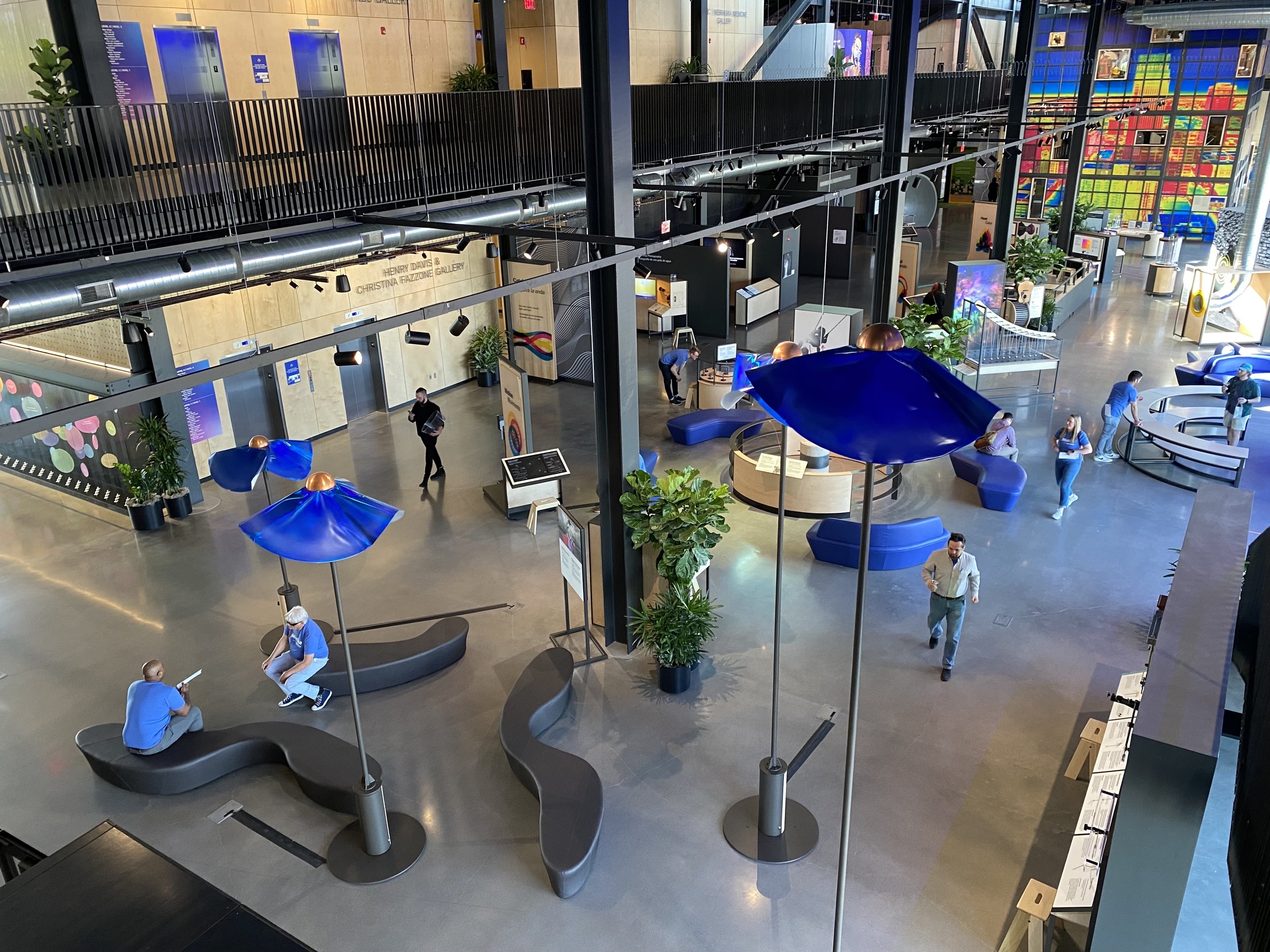
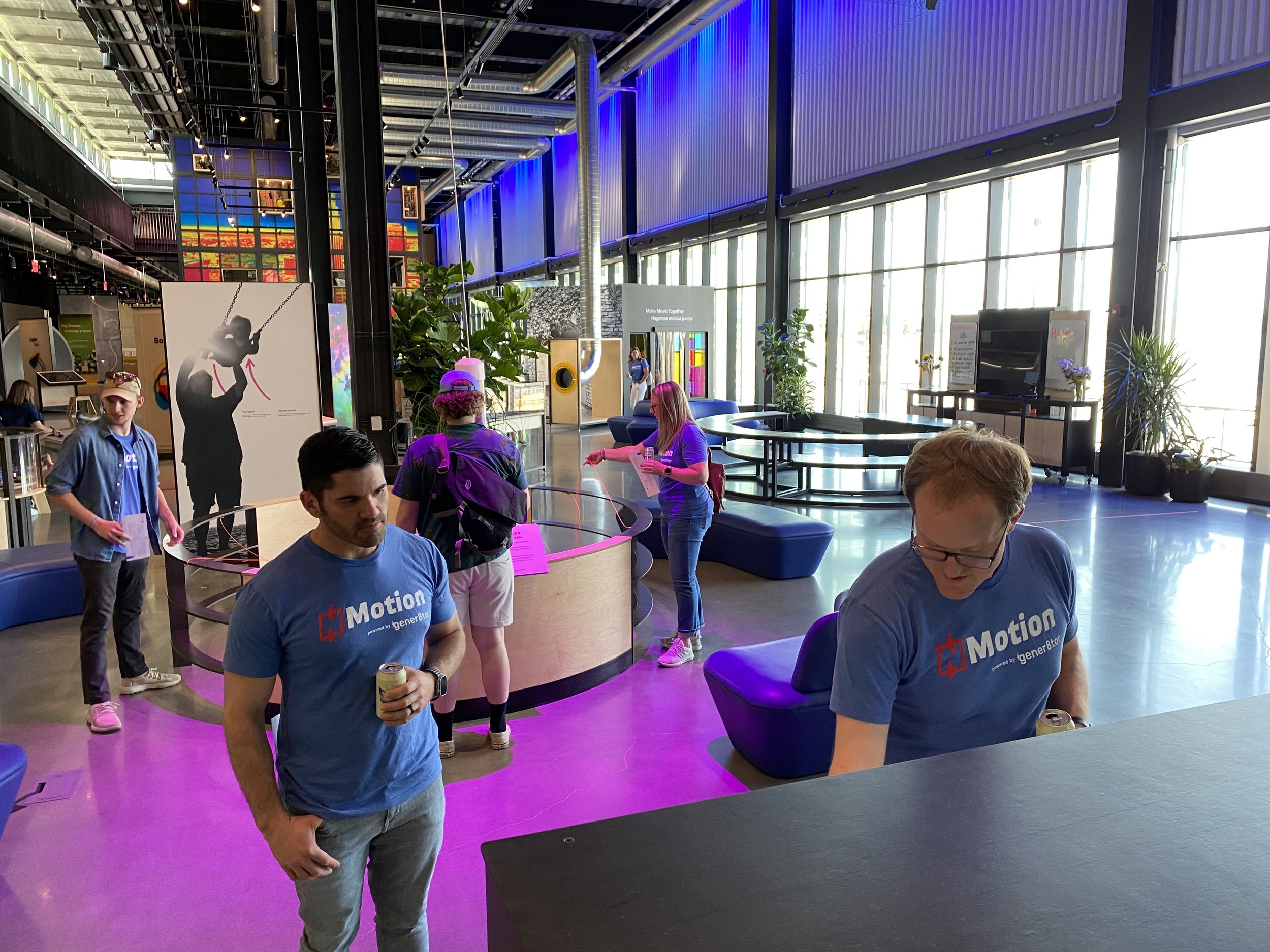
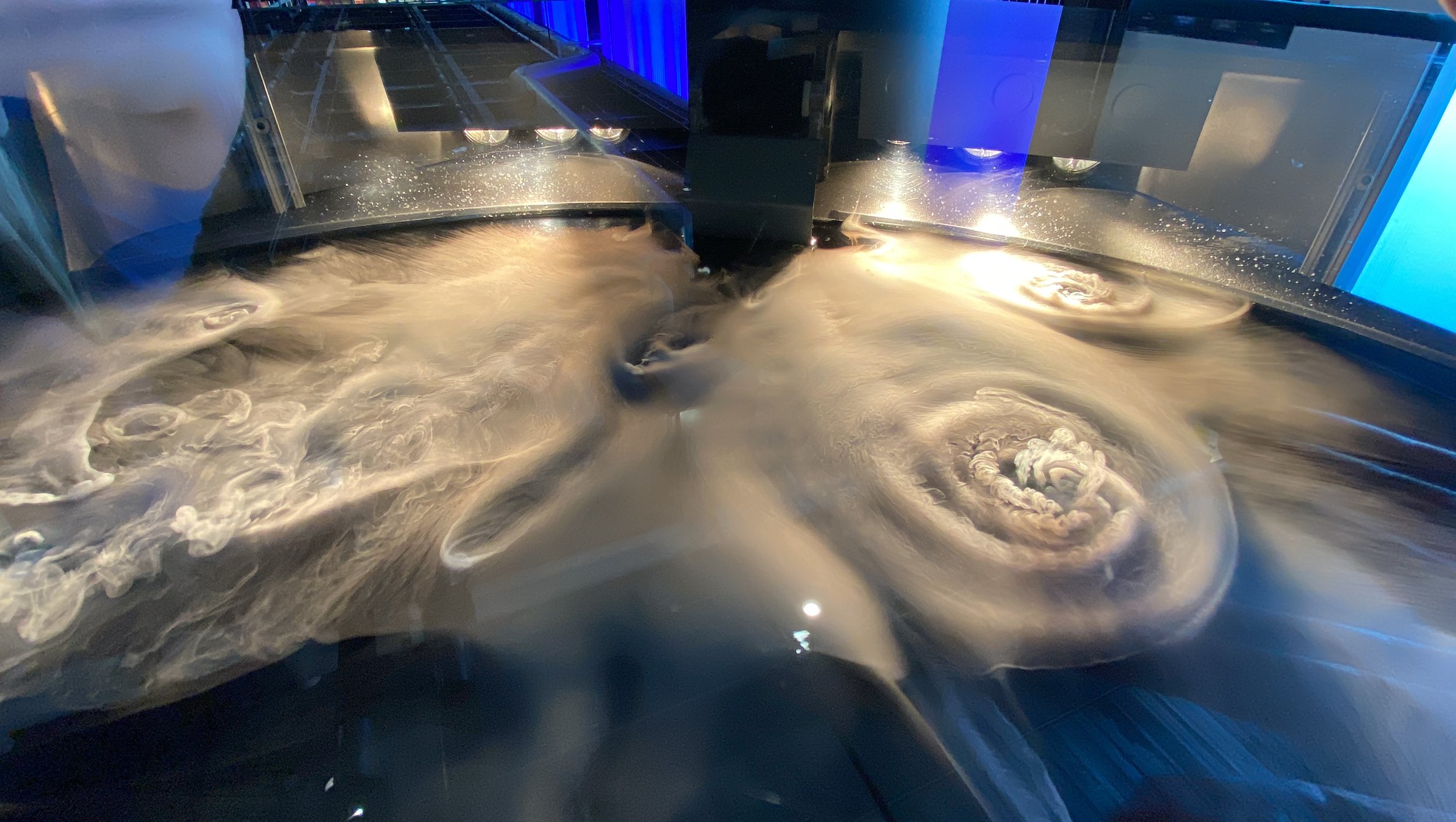

Day 2: How to Sprint and Find Product-Market Fit
Back at it at 8:30am again at Millwork Commons for coffee and pastries while we debriefed Day 1. The message received was the message intended: prioritizing revenue creation drives startup success.
We then dove into a series of three guest workshops.
Jonathon Vinocur from Thompson Hines LLP discussed legal topics for founders
Tyler Reher from Appsky and Biagio Arroba from NDN Collective taught scrum frameworks and how to lead two-week sprints
Kyle Tut from Pinata shared his founder journey and advice on how to find product-market fit (hint: talk to customers continuously to find product-market fit)
Taking advantage of another ideal spring afternoon, the cohort toured the new temporary offices of Workshop and heard more founder advice from Derek Homann and Rick Knudston (hint: talk to customers continuously to find product-market fit and don’t overbuild).
Finishing out the afternoon, we toured the 50-acre Millwork Commons with Jeff Slobotski and TJ Andreasen who walked us through Metropolitan Community College code school, Alpaca, Hutch Furniture, and WP Engine’s Flywheel to meet folks from each organization and show the variety of creative people who collide at Millwork Commons.
We shifted gears by visiting the newly opened Luminarium nestled on the Missouri River where we let our inner children explore the wonders of science. Then we gathered at the base of the “Bob”, aka the Senator Bob Kerrey Pedestrian Bridge, for some local pizza and fresh air.
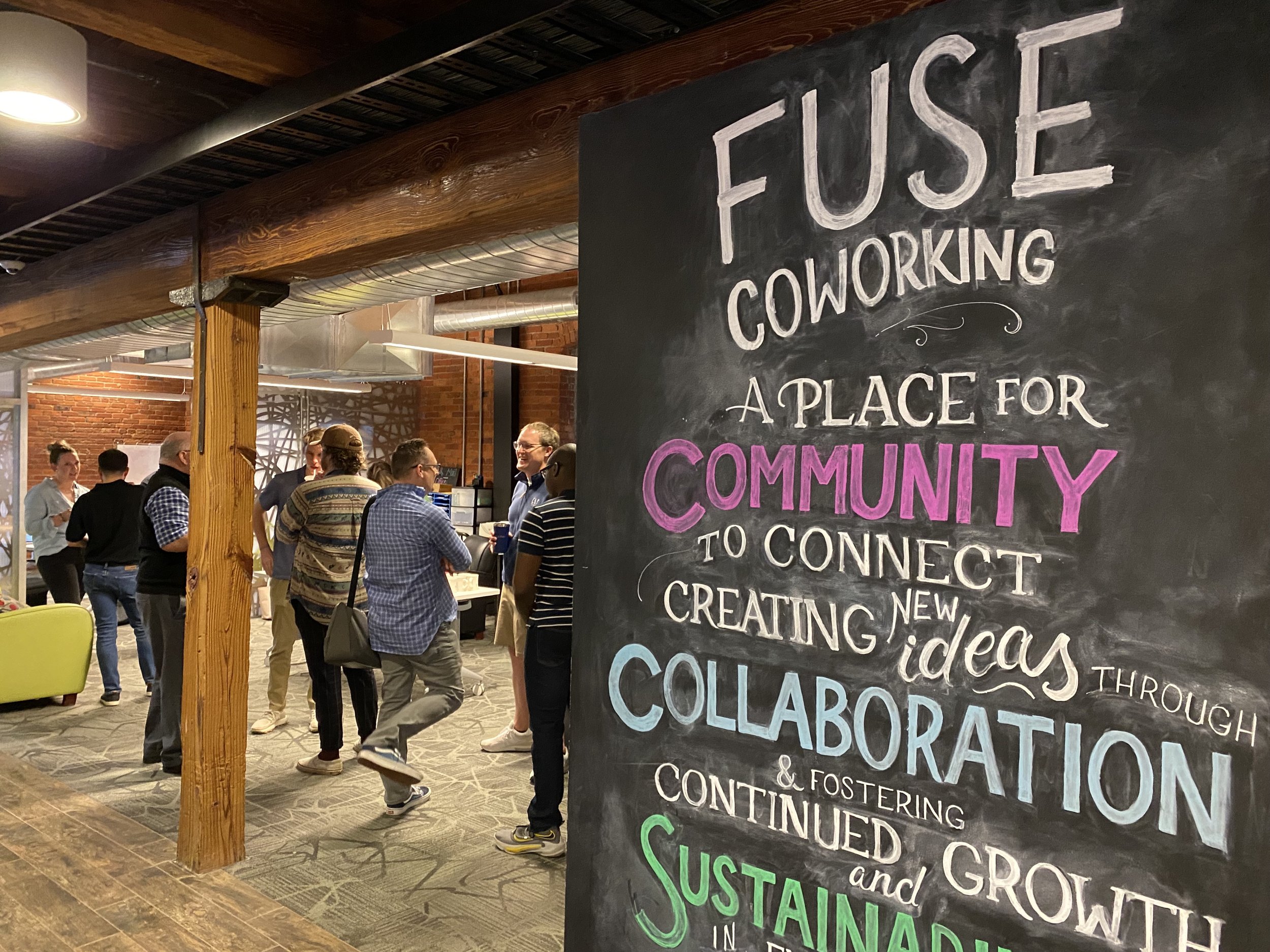
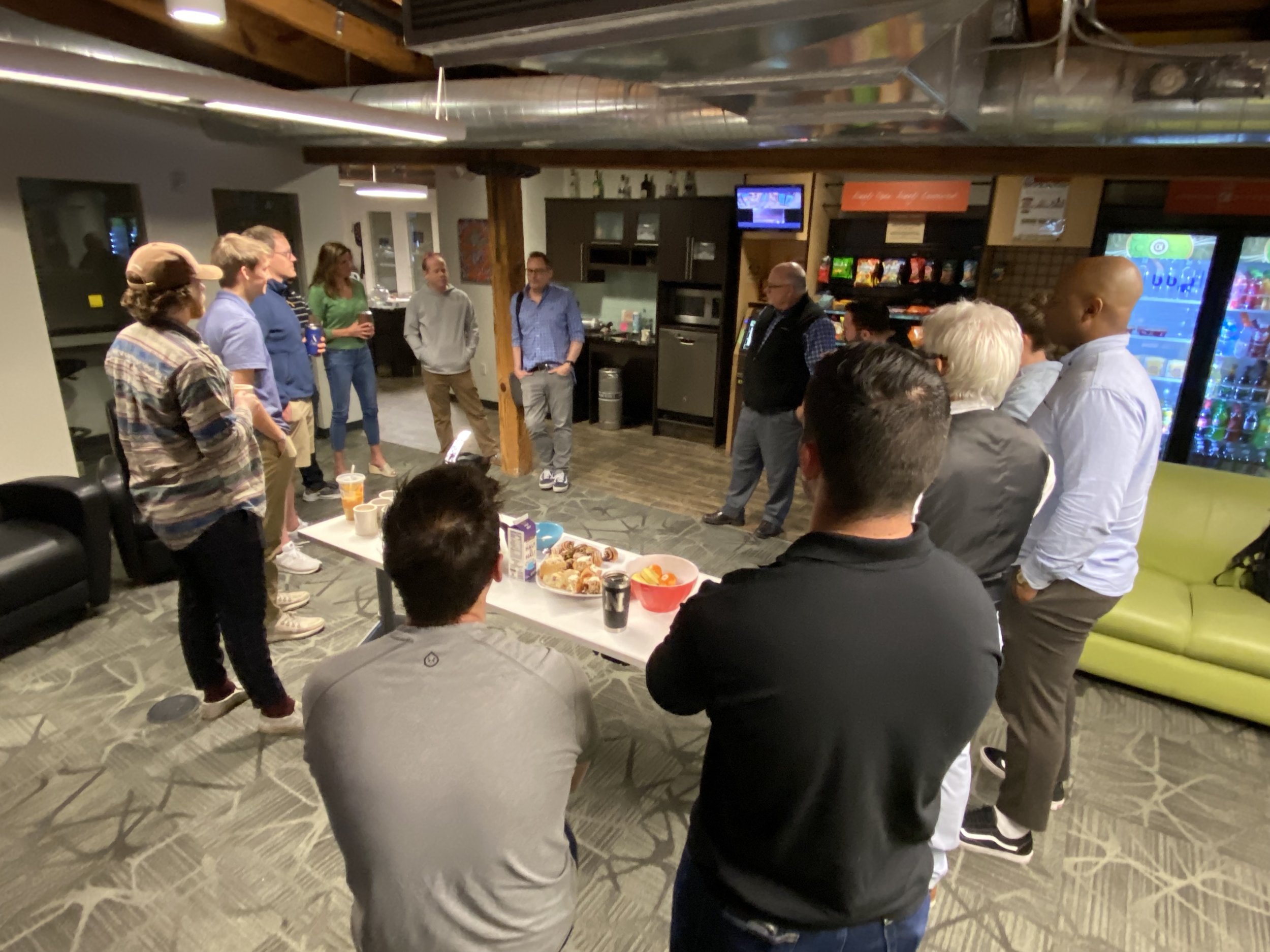
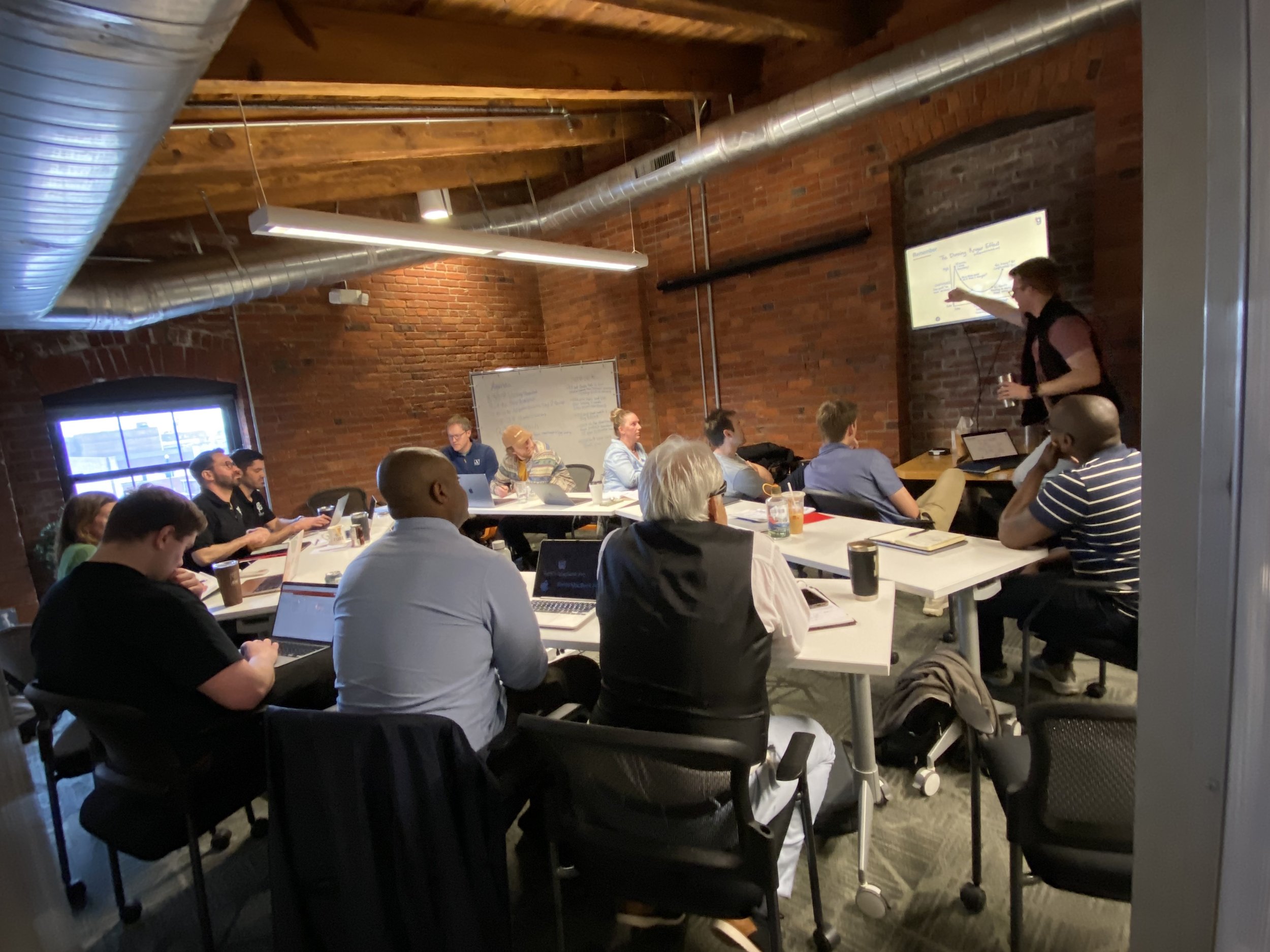


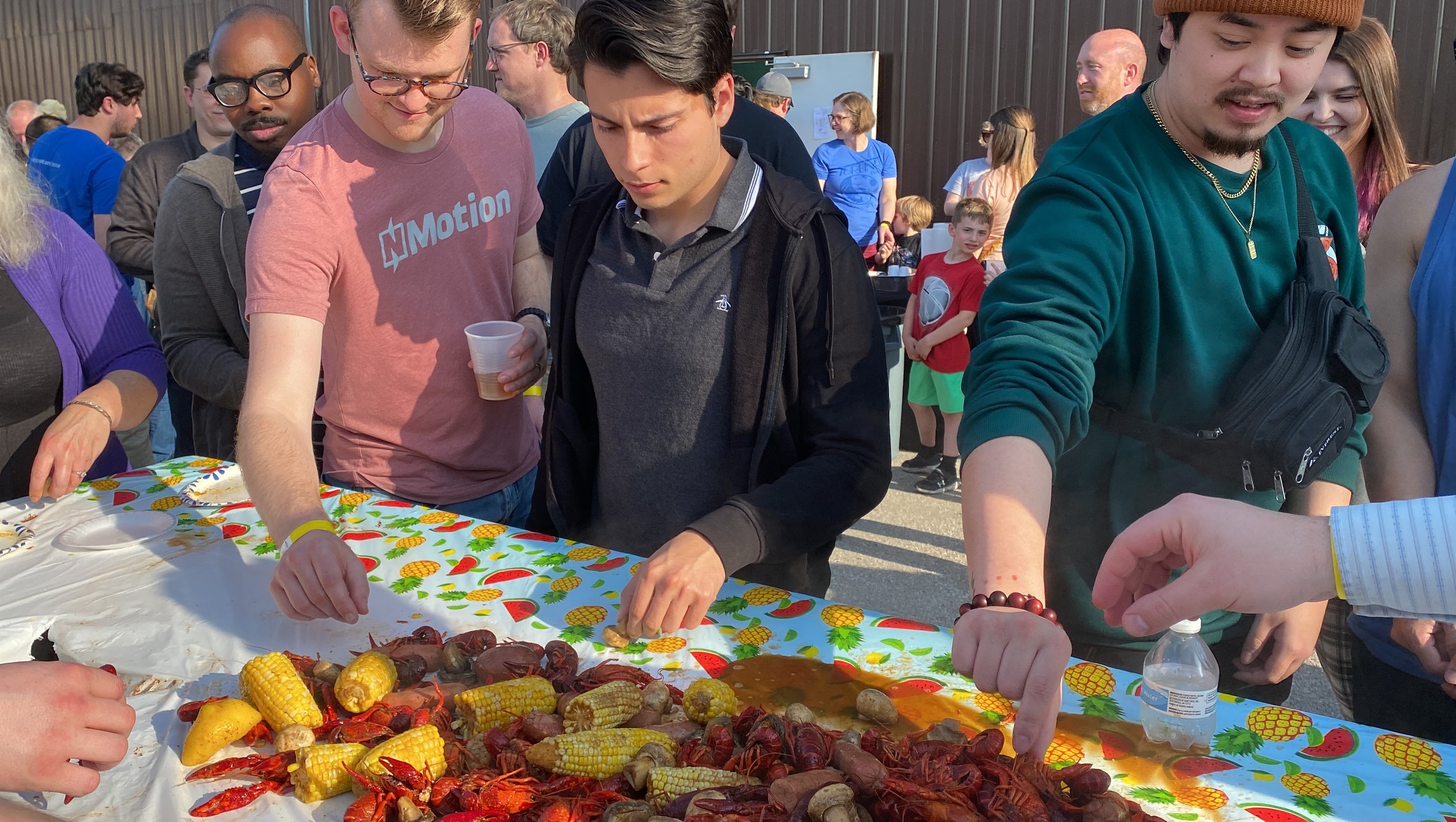
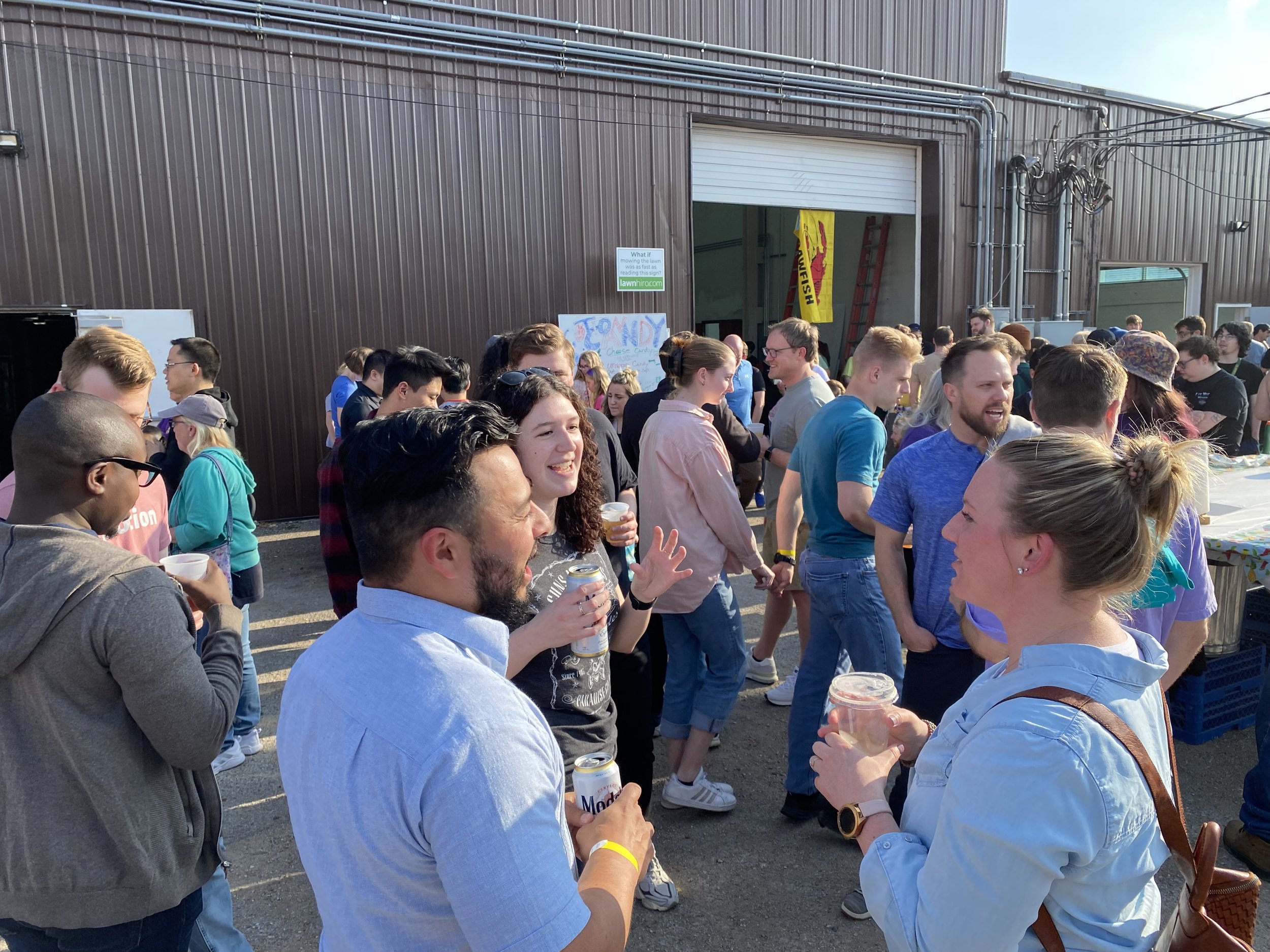
Day 3: Rolling up the Sleeves
On the final day of kickoff, we gathered at 8:30am at FUSE Coworking in Lincoln where NMotion first emerged (and still calls home) for coffee with NMotion board members and investors.
With caffeine coursing through our veins, we debriefed on what the cohort learned on Day 2: talking to customers is something you can’t scale but will help you as a founder finds ways to scale your company.
For the duration of the morning, the eight companies experienced their first Zoom-based Mentor Swarm which introduced them to eight different mentors (this time from across gener8tor) in a series of 12-minute conversations. They were ready for lunch after that merry go around.
Over the course of the afternoon, the NMotion team met 1:1 with each company to see how each were doing, chart out priorities for Week 1, and answer any questions.
To round out the third and final day, we headed over to Turbine Flats for their annual crawfish boil fundraiser where we dined on mud bugs and drank cold beers with folks from the Lincoln startup and tech community.
As you can imagine, we all slept very well over the weekend. Now to begin the real work.
What else would you like to know?
Leave us a comment and we’ll get you an answer. Our next post will explore the role of executive summaries and how write them.


